A teaspoon, often abbreviated as tsp, is a common unit of volume primarily used in cooking and baking. While seemingly straightforward, variations exist. The US customary teaspoon is precisely 4.928922 milliliters. However, the metric teaspoon is rounded to exactly 5 milliliters for simplicity in recipes.
Teaspoon Definition and Volume
A teaspoon, symbolized as ‘tsp,’ is a fundamental unit of volume, primarily employed in culinary arts and pharmaceutical measurements. Its definition, however, isn’t entirely uniform, leading to slight variations depending on the system of measurement used. In the United States customary system, a teaspoon is precisely defined as 4.928922 milliliters (mL). This value stems from the historical relationship between teaspoons, tablespoons, and fluid ounces within the US system.
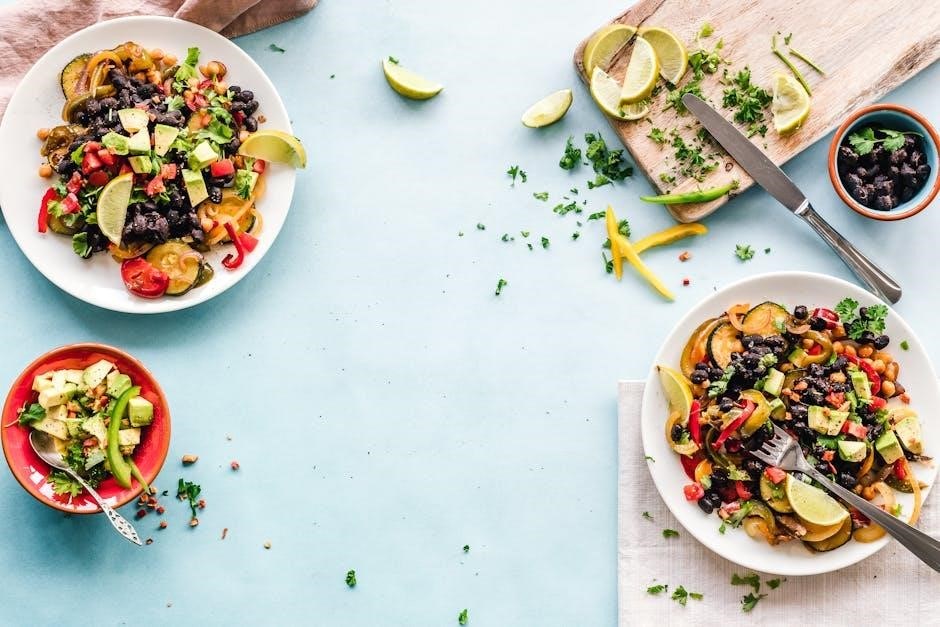
Conversely, the metric system adopts a simplified definition, equating one teaspoon to exactly 5 mL. This standardization promotes ease of use and reduces the potential for errors, especially in recipes where precise measurements are crucial. It’s important to note that while the difference between the US customary and metric teaspoon is relatively small (approximately 0.071 mL), these discrepancies can accumulate when scaling recipes or compounding medications.
The volume a teaspoon can hold also depends on the context. When referring to a measuring spoon, the volume is generally consistent. However, when using an ordinary household teaspoon, the volume can vary significantly depending on the spoon’s size and shape. This inconsistency highlights the importance of using standardized measuring spoons for accurate results, particularly in recipes where ingredient ratios are critical to the final outcome.
Teaspoon to Milliliter Conversion
Converting teaspoons to milliliters is a common task in cooking, baking, and even administering medications. The conversion factor depends on whether you’re using the US customary teaspoon or the metric teaspoon. For US teaspoons, the conversion factor is approximately 4.928922 milliliters per teaspoon. This means that one US teaspoon is equal to 4.928922 mL. To convert any number of US teaspoons to milliliters, you multiply the number of teaspoons by this conversion factor.
On the other hand, if you’re using metric teaspoons, the conversion is much simpler. One metric teaspoon is defined as exactly 5 milliliters. Therefore, to convert metric teaspoons to milliliters, you simply multiply the number of teaspoons by 5. This simplified conversion is one of the reasons why many recipes and measuring tools now use the metric system.
Understanding the difference between these two conversions is crucial for accuracy. Using the wrong conversion factor can lead to significant errors in your measurements, especially when dealing with sensitive recipes or medications. In practical applications, it’s often acceptable to round the US teaspoon conversion to 5 mL for convenience, but for precise measurements, it’s best to use the exact conversion factor or opt for metric measurements whenever possible.
US Teaspoon vs. Metric Teaspoon
The distinction between the US teaspoon and the metric teaspoon is crucial for accurate measurements, especially in cooking and scientific applications. The US teaspoon, a unit within the United States customary system, is defined as precisely 4.928922 milliliters. This seemingly arbitrary number stems from historical definitions and standards specific to the United States. In contrast, the metric teaspoon, part of the metric system, is defined as exactly 5 milliliters, a more convenient and easily remembered value.

This subtle difference can lead to discrepancies when converting between the two systems or when following recipes that specify one type of teaspoon over the other. While the difference of approximately 0;07 milliliters may seem negligible, it can accumulate, especially when dealing with multiple teaspoons or larger volumes. For instance, in baking, where precise ingredient ratios are critical for successful outcomes, using the wrong teaspoon definition could affect the final product’s texture, taste, or overall structure.
Therefore, it’s essential to be aware of which teaspoon definition is being used, whether it’s in a recipe, a measuring tool, or a scientific protocol. In most cases, modern recipes tend to favor the metric teaspoon due to its simplicity and ease of conversion, but it’s always a good practice to double-check and clarify the specific definition to ensure accurate measurements.
Conversion Formula: Teaspoons to Milliliters
Converting teaspoons to milliliters is a frequent task in cooking, baking, and various scientific contexts. To accurately perform this conversion, it’s crucial to understand the underlying formula. As established, there are two primary definitions of a teaspoon: the US teaspoon, equal to 4.928922 milliliters, and the metric teaspoon, equal to 5 milliliters.
Therefore, the conversion formula depends on which teaspoon definition is being used. For converting US teaspoons to milliliters, the formula is: milliliters = teaspoons × 4.928922. Conversely, for converting metric teaspoons to milliliters, the formula simplifies to: milliliters = teaspoons × 5. This latter formula is much easier to calculate mentally or with simple arithmetic.
When using these formulas, it’s important to pay attention to the level of precision required. For most culinary applications, rounding the result to the nearest whole milliliter or tenth of a milliliter is sufficient. However, in scientific or pharmaceutical settings, maintaining a higher degree of precision may be necessary. In such cases, it’s advisable to use a calculator with sufficient decimal places to ensure accuracy. Regardless of the context, understanding and applying the correct conversion formula is essential for obtaining precise and reliable measurements.
Practical Application in Cooking
In the realm of cooking, precise measurements are often the key to successful recipes, particularly in baking. Teaspoons are frequently used to measure small quantities of ingredients such as spices, extracts, baking powder, and salt. Their convenience lies in their accessibility and ease of use, making them a staple in most kitchens. However, the accuracy of teaspoon measurements can significantly impact the final outcome of a dish.
Consider a recipe that calls for 1 teaspoon of baking powder. Too much baking powder can result in a cake that rises excessively and then collapses, while too little may lead to a dense and flat cake. Similarly, when adding spices, a precise teaspoon measurement ensures the intended flavor profile is achieved without overpowering other ingredients.
Furthermore, understanding the difference between a level teaspoon and a heaping teaspoon is crucial. A level teaspoon involves scraping off any excess ingredient to create a flat surface, ensuring consistency. On the other hand, a heaping teaspoon contains more than the standard amount and is generally discouraged in recipes that require precision. By paying attention to these details and using accurate teaspoon measurements, home cooks can confidently recreate their favorite recipes with consistent and delicious results.
Teaspoons for Measuring Liquids
Teaspoons are commonly used to measure small volumes of liquids in both cooking and medicinal contexts. In culinary applications, they are ideal for adding extracts like vanilla or almond, flavorings, oils, or vinegars. The small quantity allows for precise control over the flavor profile of a dish, preventing overpowering tastes. For instance, a recipe might call for half a teaspoon of vanilla extract to enhance a cake’s flavor without making it too strong.
In the realm of medicine, teaspoons are frequently used to administer liquid medications, particularly for children. However, it’s essential to note that household teaspoons can vary in size, potentially leading to inaccurate dosages. Therefore, it’s always recommended to use a calibrated measuring spoon or a syringe provided with the medication to ensure the correct amount is administered.

When measuring liquids with a teaspoon, ensure the spoon is filled to the brim without any spillage. For viscous liquids like honey or molasses, it can be helpful to lightly coat the teaspoon with cooking spray to prevent sticking and ensure a more accurate measurement. Always read the recipe or instructions carefully to determine whether a level or slightly rounded teaspoon is required for the best outcome.
Teaspoons for Measuring Dry Ingredients
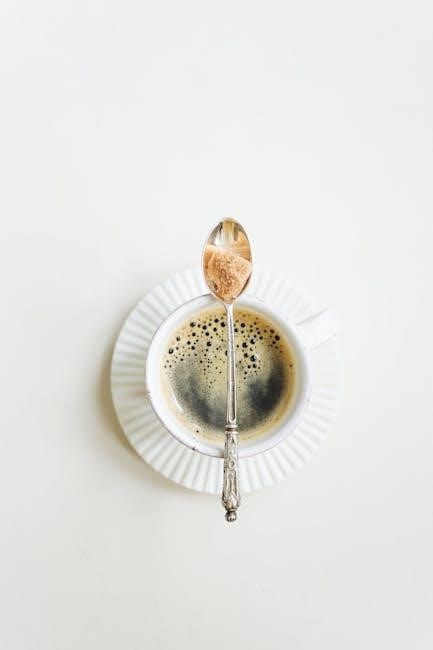
While primarily associated with liquids, teaspoons are also used to measure small quantities of dry ingredients in cooking and baking. This is especially useful for spices, herbs, baking powder, baking soda, and salt, where precision is crucial to the recipe’s success. A slight excess of salt, for example, can drastically alter the taste of a dish.

When measuring dry ingredients with a teaspoon, it’s important to use a consistent leveling technique. After scooping the ingredient into the teaspoon, use a straight edge, such as the back of a knife or a spatula, to level off the excess. This ensures that you’re measuring the correct amount without any packed-in ingredient, which would otherwise lead to an inaccurate measurement.
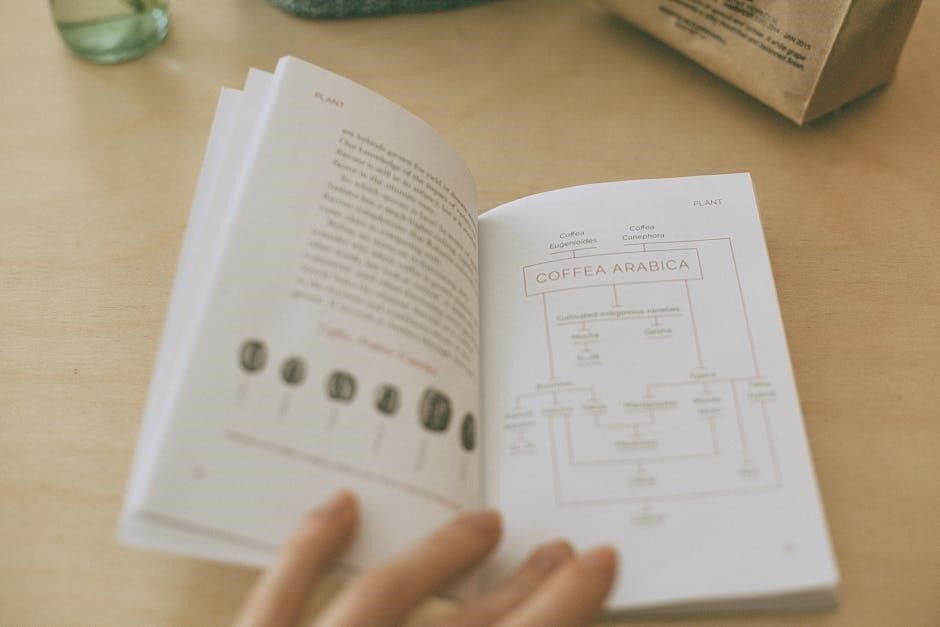
However, it’s worth noting that measuring dry ingredients by volume, especially with teaspoons, can be less accurate than measuring by weight, as the density of dry ingredients can vary. For critical recipes, using a kitchen scale to measure ingredients by weight can provide more consistent and reliable results. For instance, a teaspoon of packed brown sugar will weigh more than a teaspoon of loosely measured flour, affecting the final outcome of the recipe.
Teaspoon vs. Tablespoon
The teaspoon (tsp) and tablespoon (tbsp) are both common units of volume, but they differ significantly in size. Understanding the relationship between these two is essential for accurate cooking and baking.
Typically, one tablespoon is equal to three teaspoons. This simple conversion allows for easy scaling of recipes. For example, if a recipe calls for one tablespoon of vanilla extract, you can substitute it with three teaspoons. Conversely, if a recipe requires six teaspoons of an ingredient, you can use two tablespoons instead.
However, it’s important to note that, like with teaspoons, tablespoons can also vary slightly in actual volume depending on the measuring tools used. While a standard measuring tablespoon is generally accepted to be 15 milliliters (approximately 0.5 fluid ounces), variations can occur. Therefore, using a proper set of measuring spoons is crucial for ensuring consistent results in the kitchen.
Furthermore, when measuring ingredients, it’s important to differentiate between level and heaping measurements. A level teaspoon or tablespoon refers to a flat, even amount, while a heaping measurement implies a slightly rounded amount. Using consistent leveling techniques will help maintain accuracy in your recipes.
Tools for Teaspoon to Milliliter Conversion
Converting between teaspoons (tsp) and milliliters (mL) is a common task in cooking, baking, and even medicine. Fortunately, several tools are available to make this conversion quick and easy. These tools range from physical measuring devices to digital converters, each offering its own advantages.
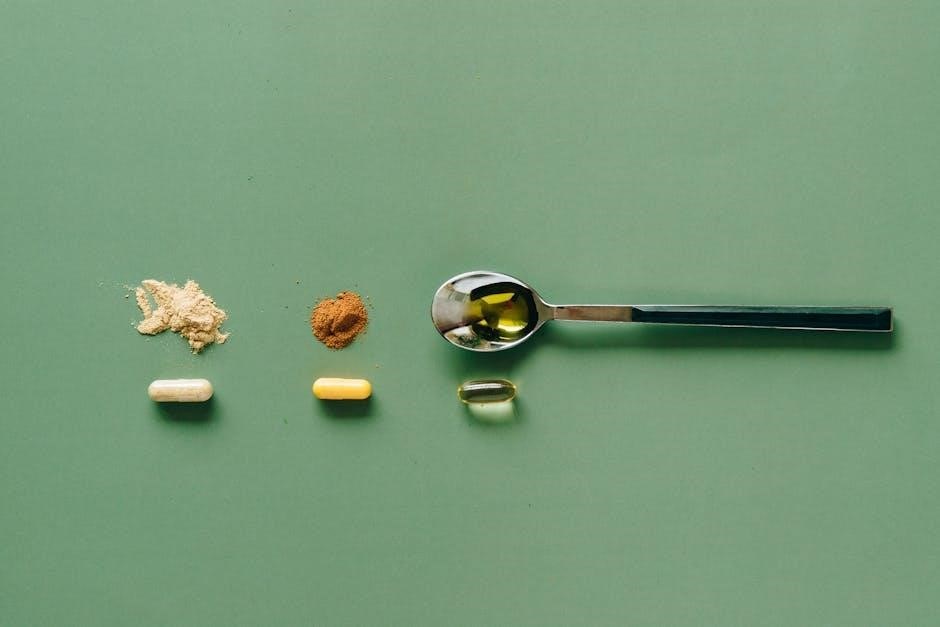
One of the most straightforward tools is a set of measuring spoons. These sets typically include a teaspoon and a tablespoon, allowing for direct measurement in teaspoons. By understanding the relationship between teaspoons and milliliters (approximately 5 mL per teaspoon), you can easily estimate the milliliter equivalent.
For more precise conversions, online converters and calculators are readily available. These tools allow you to input a value in teaspoons and instantly obtain the corresponding value in milliliters, taking into account the specific conversion factor (either 4.928922 mL for US teaspoons or 5 mL for metric teaspoons). Many websites and mobile apps offer such converters, making them accessible on various devices.
Another helpful tool is a conversion chart or table. These charts provide a quick reference for common teaspoon-to-milliliter conversions, eliminating the need for calculations. Conversion charts can be found online or printed out for convenient use in the kitchen.
Finally, some measuring cups and beakers may have both teaspoon and milliliter markings, allowing for direct measurement in either unit. These tools are particularly useful for measuring liquids, as they provide a clear visual indication of the volume.
Accuracy Considerations in Teaspoon Measurements
While teaspoons are a convenient unit of measurement, achieving high accuracy can be challenging due to several factors. Variations in the actual volume of teaspoons can significantly impact the final result, especially in recipes or experiments where precision is crucial.
One major source of error is the inconsistency in the size and shape of teaspoons. Household teaspoons, as opposed to standardized measuring spoons, can vary significantly in volume. Additionally, the way ingredients are measured – whether leveled, rounded, or heaping – can further affect the accuracy.
For liquid measurements, surface tension and viscosity can also play a role. Liquids with high surface tension may form a meniscus, making it difficult to accurately determine the volume. Viscous liquids, on the other hand, may cling to the spoon, leading to underestimation.
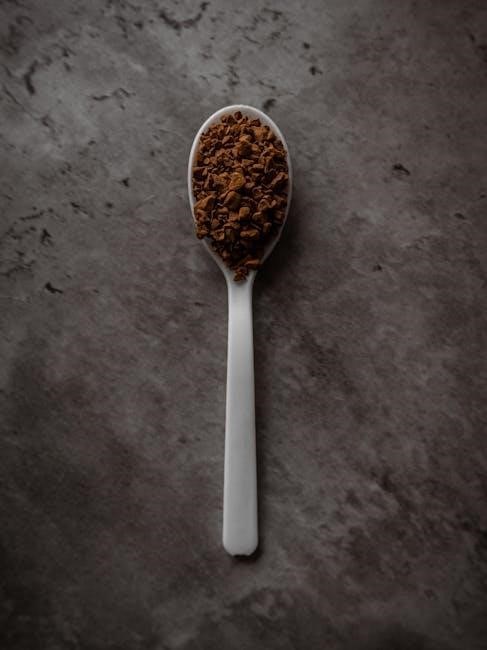
When measuring dry ingredients, density and particle size can influence the amount that fits into a teaspoon. Finely ground ingredients will pack more densely than coarse ones, resulting in different masses for the same volume.

To improve accuracy, it is recommended to use standardized measuring spoons, level off dry ingredients with a straight edge, and be mindful of the properties of the substance being measured. For critical applications, consider using more precise measuring tools such as graduated cylinders or scales.